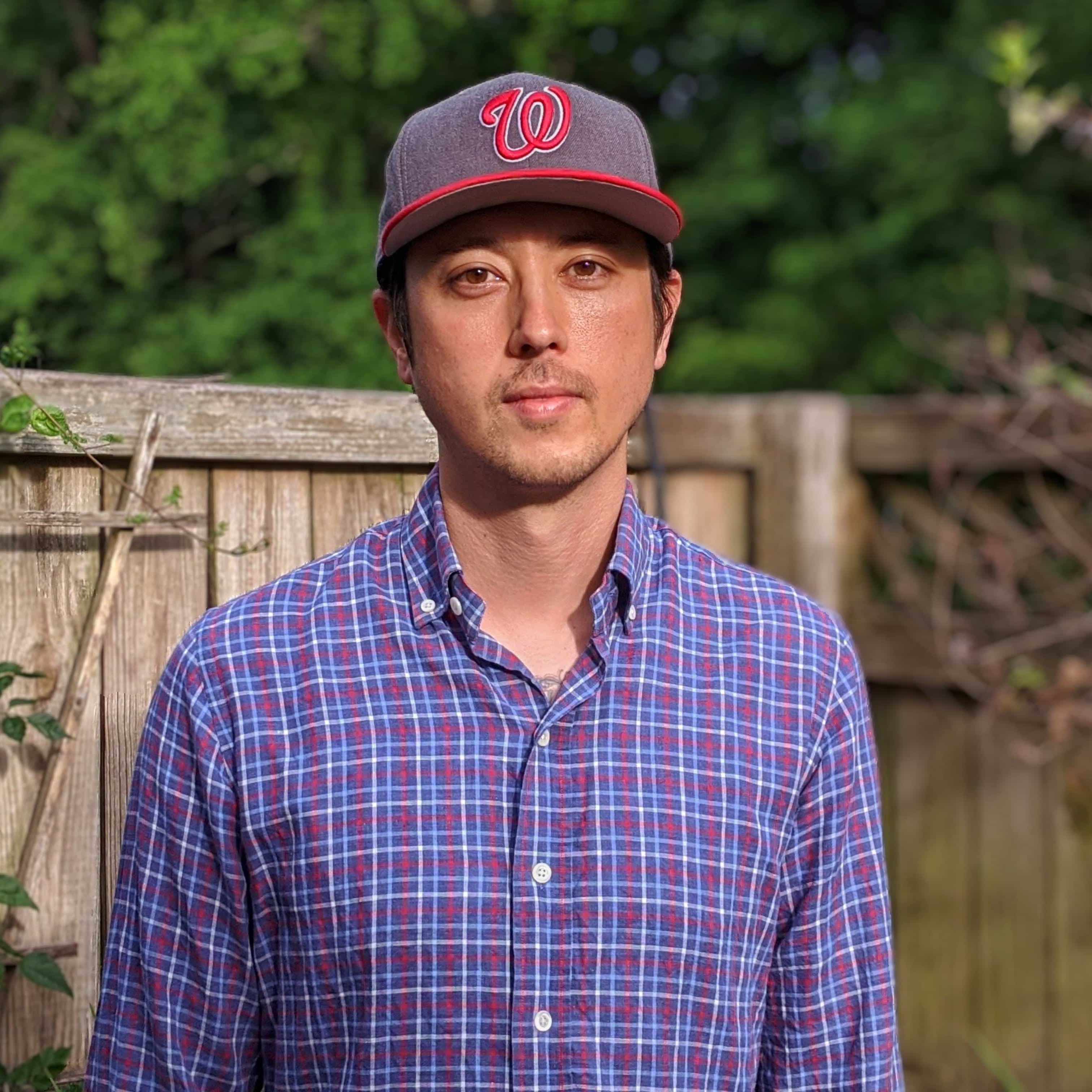After visiting my parents’ house last weekend, I decided to stop by Monument Avenue in Richmond on my way home. Monument Avenue is a broad, tree-lined, residential street that runs east-west through the city. The street gets its name from the monuments that were erected in the wide median that separates traffic. Until 1996, when the Arthur Ashe statue was installed, the five monuments on the street memorialized Confederate leaders. The first, and largest, monument to be erected in 1890 was the equestrian statue of Robert E. Lee.
In the wake of the protests that have erupted across the country in response to George Floyd’s death, Richmonders turned their attention to those Confederate memorials. Graffiti was sprayed on nearly every surface of the Lee statue that the protestors could reach. George Floyd's portrait is stenciled in various spots next to the words "I Can't Breathe." Along all four sides of the monument are the pictures and stories of Black people who have been killed by the police.
In addition to showing support for Black Lives Matter and calling for police reform, protestors in Richmond, and the South, are again demanding that these monuments celebrating the Confederacy be removed. In the week that’s passed since I was in Richmond, Governor Ralph Northam approved the removal of the Lee memorial, because it sits on state-owned land. A lawsuit has since delayed that decision. However, protestors have shown that their patience has worn thin. The Jefferson Davis statue on Monument Avenue was torn down on June 10. Protestors in Portsmouth, Virginia beheaded and removed statues at the Confederate Monument that sits in the town square. This has prompted other towns in Virginia to preemptively cover or remove their Confederate statues.
The people of Richmond have since transformed the grassy area around the Lee memorial into a space for the community to come together as one. When I visited, I saw a varied crowd of people gathered to take in the spectacle of the newly improved statue. Young and old. Black and White. It was a beautiful sight in a city that is still largely segregated along racial lines.
Removing these statues won’t solve the problems of racism and police brutality that particularly plague Black communities in our country. But it still feels like a long-awaited, and important, step.

